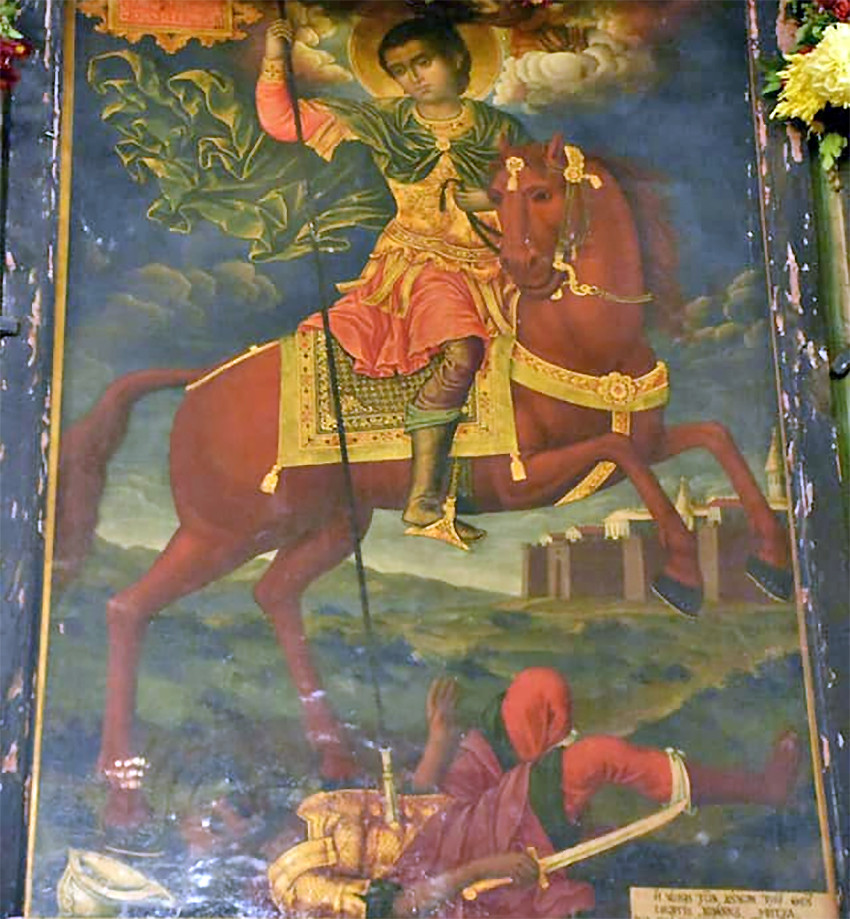
The church of Saint Demetrius in the village of Teshovo, hidden among the southern slopes of Pirin, welcomes the faithful believers for the holiday with shining frescoes, after a long restoration and conservation.
The church complex was built in the period 1843-1844 on the site of an older Orthodox temple which probably existed from the 8th-9th century. The consecration of the church took place on Saint Demetrius Day in 1871 and to this day the holiday is the most important event in the life of the village.
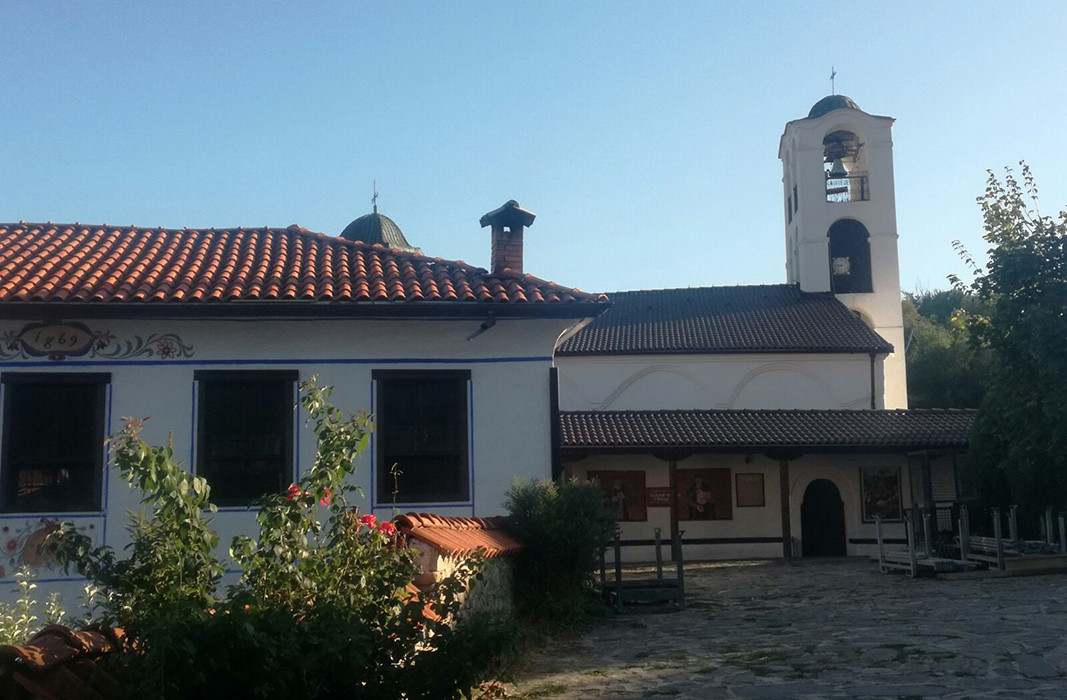
The Saint Demetrius Church is a three-nave pseudo-basilica with a semicircular apse. The built dome visually increases the interior space and the light entering it, and the acoustics of the church is remarkable.

The rich wall paintings are interesting in terms of drawing and plot - apart from the traditional biblical scenes, they depict historical memories of the former greatness of Bulgaria. It is the work of the painter Mino and his two sons Marko and Teofil from the Bundovtsi family from the village of Karakoi (today's Greece).
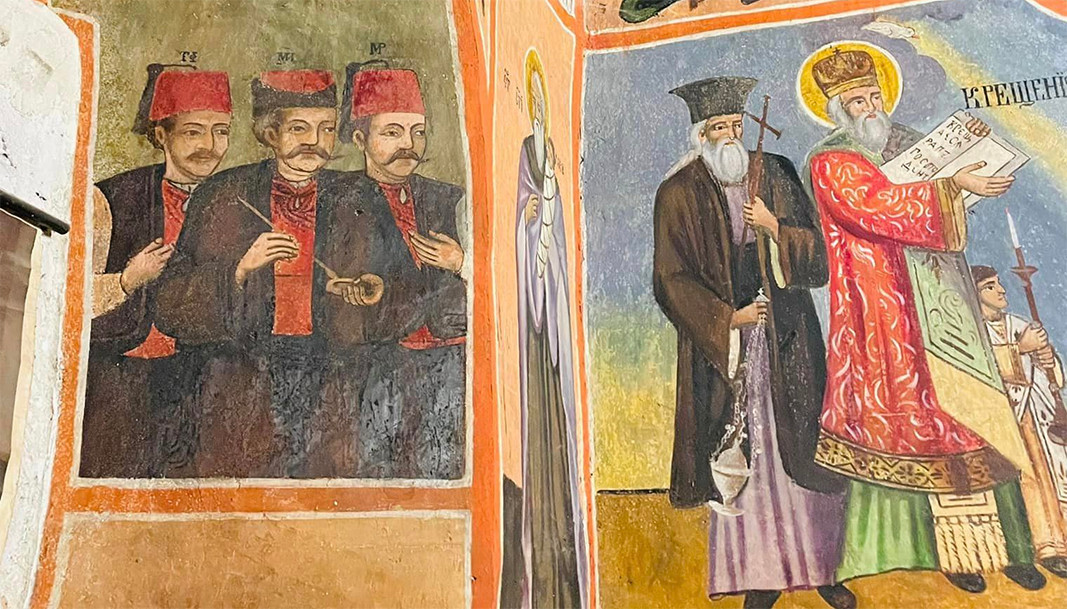
The monumental iconostasis is in three orders - royal, festive and prophetic. The wood carving impresses with fine figures and braids, masterfully carved from walnut wood. The built-in icons are of exceptional artistic value - most of them are the work of Dimitar Molerov-Molera, a prominent representative of the Bansko School of Art.
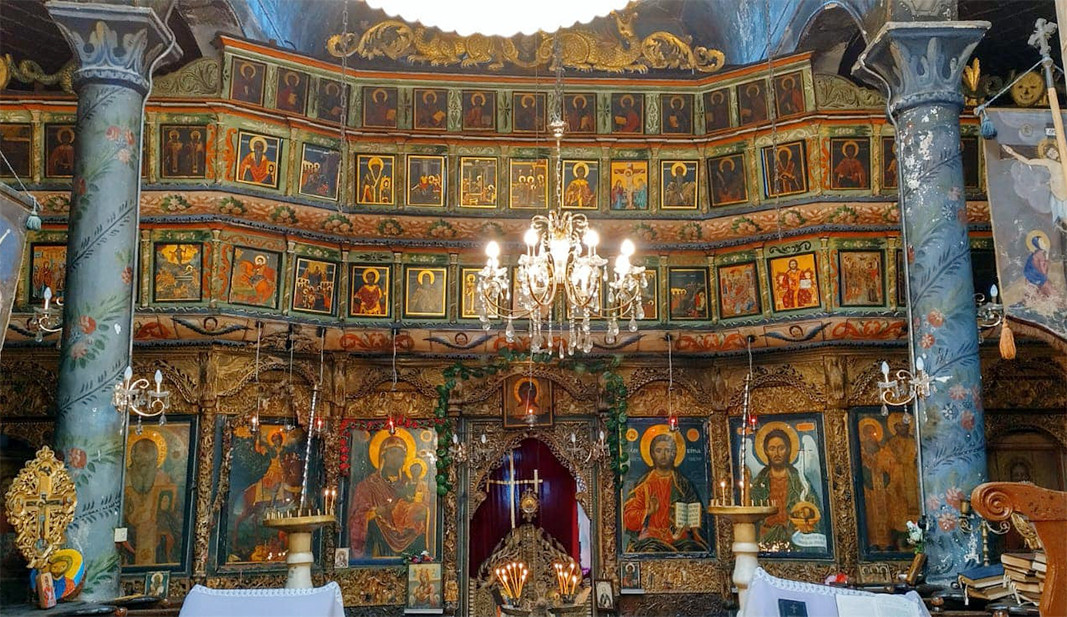
The magnificent church plays a decisive role in the preservation of spirituality in Teshovo. And although the village is located in one of the most remote corners of Bulgaria, and the remaining some 100 Teshovo residents living there today are elderly, the church enjoys great attention and care.
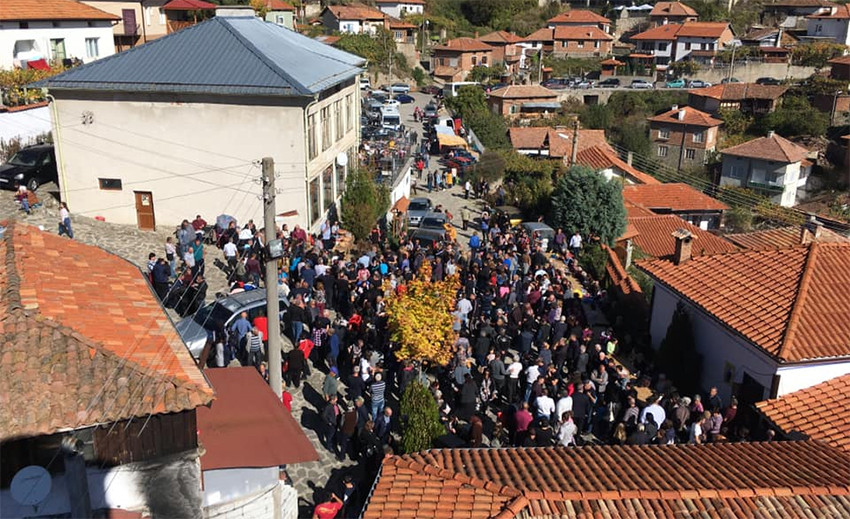
Every year on October 26, Saint Demetrius Day attracts guests from the entire South-Western part of Bulgaria, but also from more distant corners of the country, even from neighboring Greece. According to the legend, whoever is sick and spends the night in the temple before the holiday, is healed by Saint Demetrius and the trust has been preserved to this day.
Read also:
Photos: Elena Karkalanova, Facebook/Teshovo
Editing by Elena Karkalanova
Published by Rositsa Petkova
They call Nikopol “the town of ages” because its history goes back thousands of years. It was founded as a settlement in the year 169 during the reign of Roman Emperor Marcus Aurelius. In 629, theByzantine Emperor renamed the town to Nicopolis, meaning..
There are rumours and speculations that some forgeries, so good that they are not inferior to the originals, could be found among the exhibits in the museums, but at the moment a whole series of forgeries can be seen at an exhibition..
A unique statue from the Roman period of Odessos, preliminarily dated to the late 2nd to the first half of the 3rd century, has been discovered during excavation works near the train station in Varna, said archaeologists from the Varna Regional..
On November 30, the Bulgarian Orthodox Church honors the memory of St. Apostle Andrew . In Bulgaria the saint is known as Saint Andrey and the folk..

+359 2 9336 661
